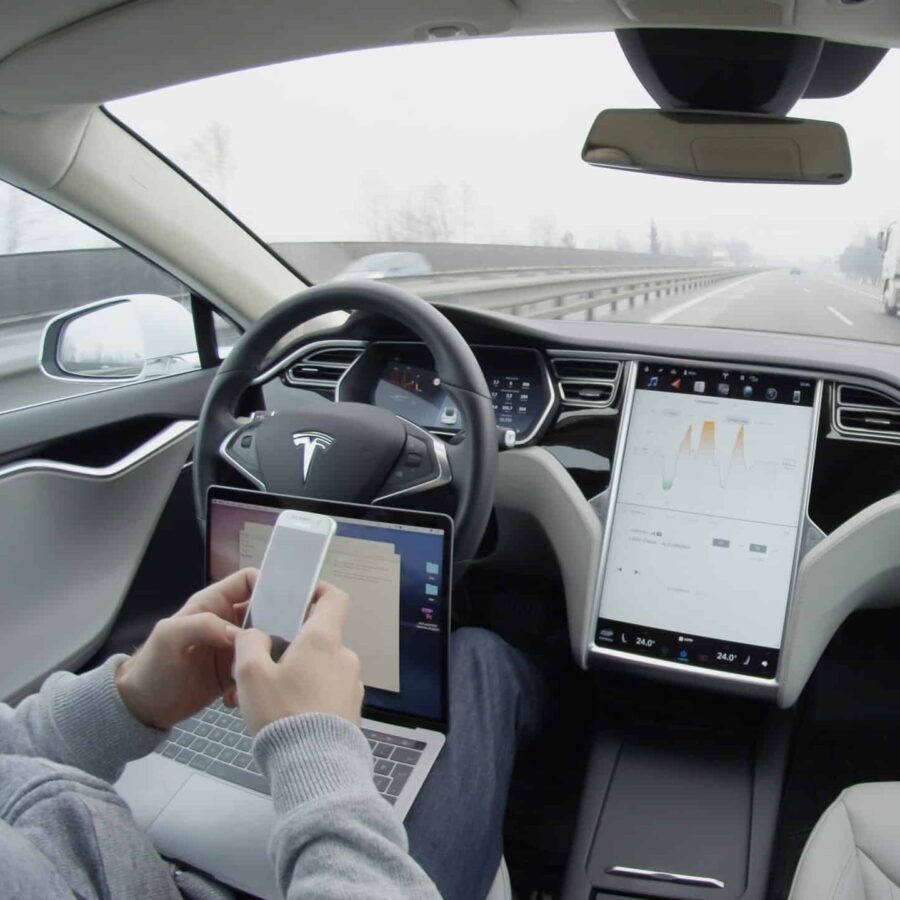Yesterday, Tesla confirmed that the government is actively investigating the first reported fatality involving the company’s “auto-pilot” technology. The fatal crash occurred on May 6 in Williston, Florida, claiming the life of former Navy SEAL Joshua Brown. According to Tesla’s public statement about the crash, the car’s autopilot feature failed to notice the white side of a tractor trailer against a brightly lit sky. As a result, the software failed to apply the brakes, and the car’s windshield struck the bottom of the trailer.
As we have previously written, “autonomous” or “self-driving” automotive technology has the capability to save lives, if implemented correctly. A self-driving vehicle should theoretically perform better than a human driver if it operates according to a computer code that properly accounts for the surrounding environment and changes in traffic conditions. However, when technology reaches the market before it is ready, software bugs and design flaws may go unnoticed until it is too late. We’ve all had a computer crash unexpectedly. Now imagine if that computer was supposed to be making the call as to when to apply the brakes during rush hour.
Well-developed negligence and strict products liability law already provide the best solution for those instances where self-driving technology fails and results in injury or death. Under a negligence or strict liability theory, the manufacturer would be held accountable if a design defect caused or contributed to the crash. The determination as to whether the software had a defect would, in turn, be made in the same manner that these kinds of determinations have always been made—by a civil jury.
Time and time again, the civil jury system has proven the best way to get to the truth in product defect cases. Each and every automotive crash is unique, and the determination as to whether a product had a defect that played into a crash must necessarily be made only after carefully reviewing the circumstances of that particular crash. The jury system allows for this type of case-by-case analysis to be conducted in open court, with each party having a fair opportunity to present their claims and defenses.
Unfortunately, auto manufacturers are now actively lobbying federal lawmakers to strip citizens of their rights to a jury trial should they find themselves in the same predicament as the Brown family. Their weapon of choice in this regard is federal preemption. Specifically, they are seeking what could be an often-times insurmountable defense whereby regulations implemented by Washington bureaucrats would forever trump the right of any individual citizen involved in a self-driving vehicle crash from seeking relief in the courts.
Earlier this year, the US Department of Transportation announced that it was working on guidance with respect to self-driving vehicle technology. Since then, both the DOT and the Senate have held hearings in Washington to address the issue. The DOT guidance is supposed to be released sometime this month.
Stay tuned. We will continue to monitor and provide updates on the key legal and regulatory battles with respect to self-driving vehicles as they unfold.


